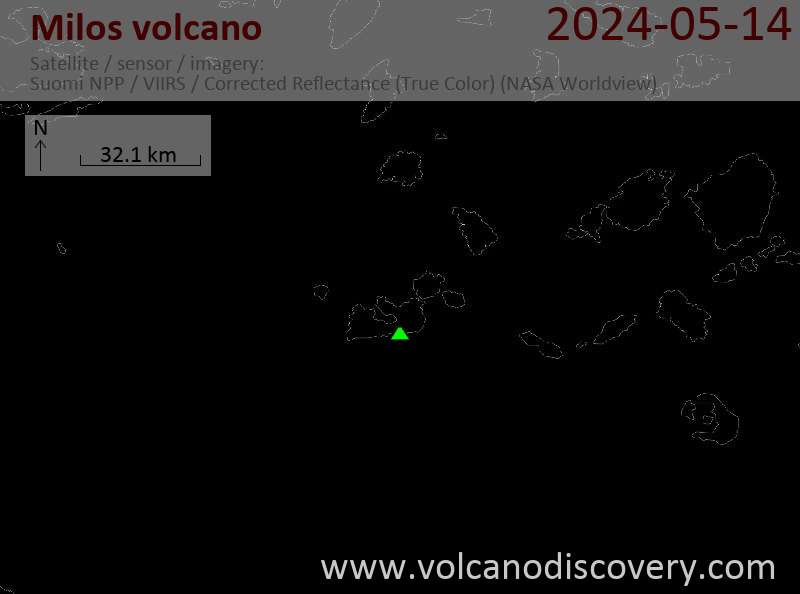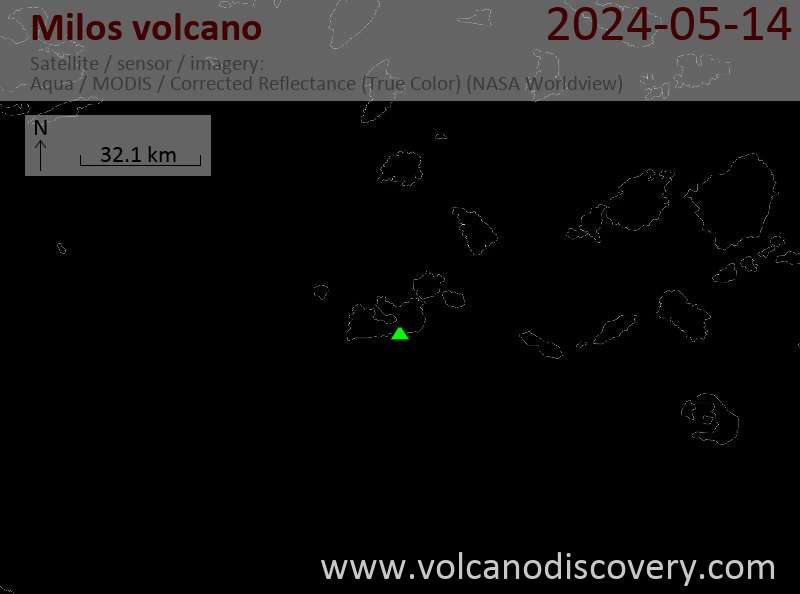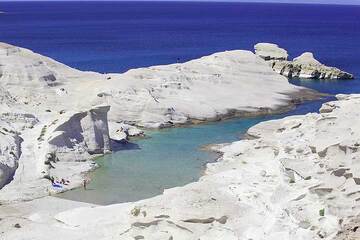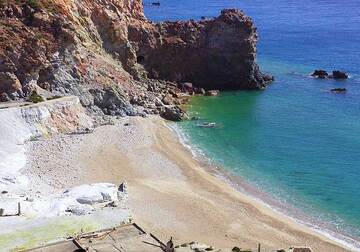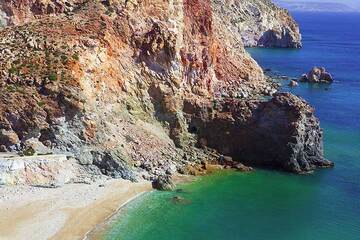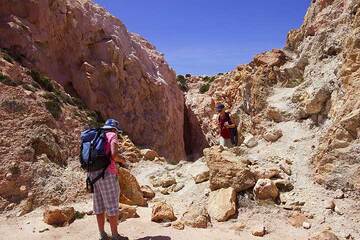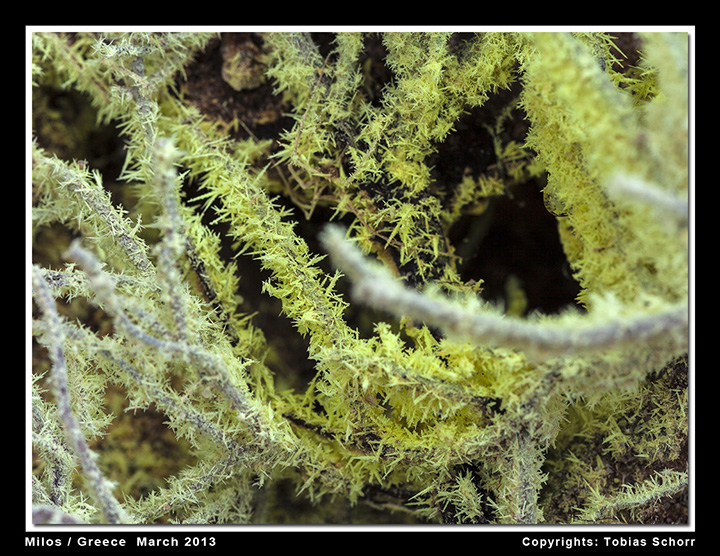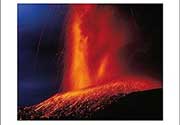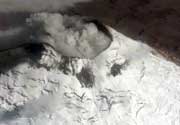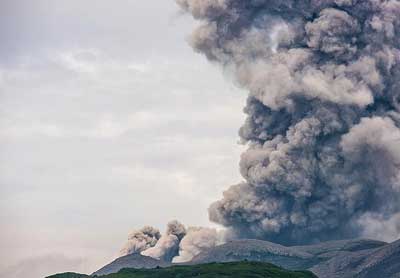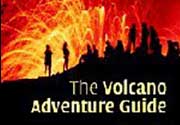Milos Volcano
Updated: 24 apr. 2024 11:12 GMT -
stratovolcanoes, phreatic craters, lava domes 748 m
Grecia, 36.67°N / 24.48°E
Current status: normal or dormant (1 out of 5)
Grecia, 36.67°N / 24.48°E
Current status: normal or dormant (1 out of 5)
Last update: 14 mar 2022
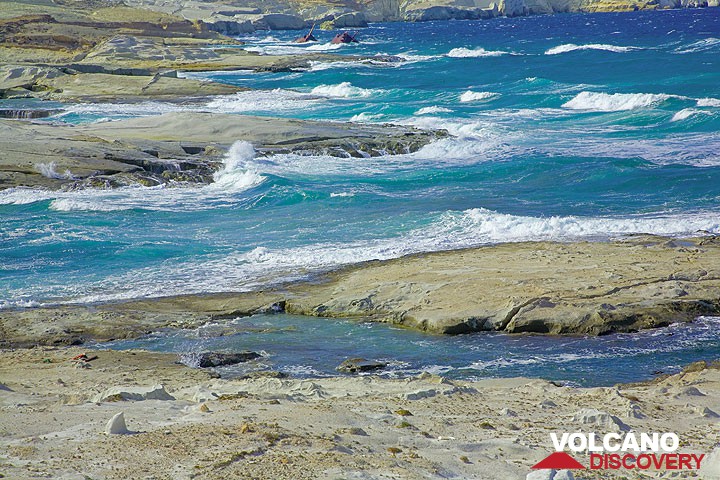
Elevated submarine volcanic ash deposits of the spectacular Sarakiniko coast of Milos
Milos is a volcanic island in the southern Aegean Sea and well known for its extensive mineral deposits and fine beaches. It is part of the Hellenic volcanic arc, that also comprises the volcanic islands of Santorini and Nisyros. Considered dormant, Milos presents strong hydrothermal activity, caused by subduction of the African under the Aegean plate.
[smaller] [larger]
Eruzioni del vulcano Milos: approx 2000 years ago: phreatic explosions
70.000 - 90.000 years ago (Tsingrado volcanic craters)
Latest nearby earthquakes
| Data / ora | Mag. / Prof. | Distanza / Ubicazione | |||
Background
Milos is a mainly volcanic island (like the neighbour islands of Kimolos, Polyaigis, Antimilos, Glaronisia and Akradia islands). Some older metamorphic rocks are exposed, that were formed many millions of years before the existence of the island (schists, prasinites, calc-schists, etc.). Later these layers were covered by sea-sediments. Volcanism on Milos started in upper Pliocene and continued until late Pleistocene. The last volcanic eruptions on Milos (90.000 B.C.) took place in the area of Tsingrado volcano. Volcanicm on Milos is similar to the other parts of the Hellenic Volcanic Arc comprising also Methana, Santorini and Nisyros.It is caused by the geodynamic convergence of the African and Aegean plates. The collission and subduction of the African plate produces calcalkalines (andesitic, dacitic) magmas and rocks. The eruptive phases on Milos produced mainly acidic tuffs & pumice, pyroclastic flow and lahar deposits. During extrusive phases a number of andesitic volcanic domes were built and some lavaflows emplaced. Towards the "end" of the most recent volcanic activity many phreatic explosions produced small craters (like near Agia Kyriaki or Achivadolimni) visible still today. Most of the volcanic rocks on Milos were strongly hydrothermally altered, which makes Milos become an important supplier for mining minerals like baryte, silver, perlite, caolin, bentonite and in the future perhaps even gold (Hontrovouno). Studies show the presence of a high-temperature hydrothermal system (up to 310 deg. C) below the island, responsible for the abundance of active fumaroles (e.g. in the Kalamos area). This reservoir might be related to an active magma chamber and therefore, future volcanic activity on the island can not be excluded.
Milos Volcano Photos
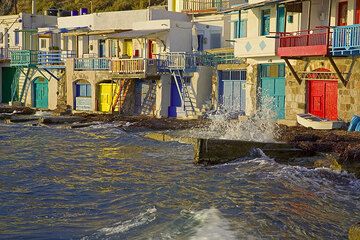
Wild mare e il pescatore Murta Klima (Photo: Tom Pfeiffer)
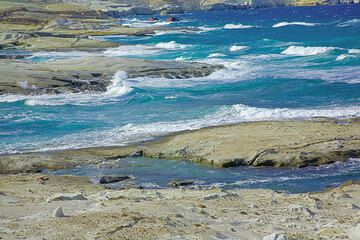
Shoreline Sculpured a Sarakiniko (Photo: Tom Pfeiffer)
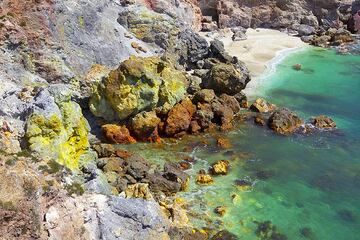
Formazioni rocciose colorate vicino alla spiaggia di Paleochori (Milos, Grecia), composto da agenti atmosferici shists alterati dall'attività fumarolica. (Photo: Tom Pfei...

Papaveri rossi su un campo nei pressi di Adamas, Milos (Photo: Tom Pfeiffer)
Latest satellite images
Milos Volcano Tours
Milos Island (Greece)
Geo Wonderland - Island of Milos
private geo tours to discover Milos' fascinating geology and history
3-4 days (customizeable) - Easy to Moderate
Price on request
Price on request
Custom and group dates
Milos Island (Greece)
The Island of Venus - Milos
6-day walking tours on Milos to discover its fascinating geology and history
6 days / 5 nights - Easy to Moderate
Price 1590 €
Price 1590 €
3-11 mag 2024





